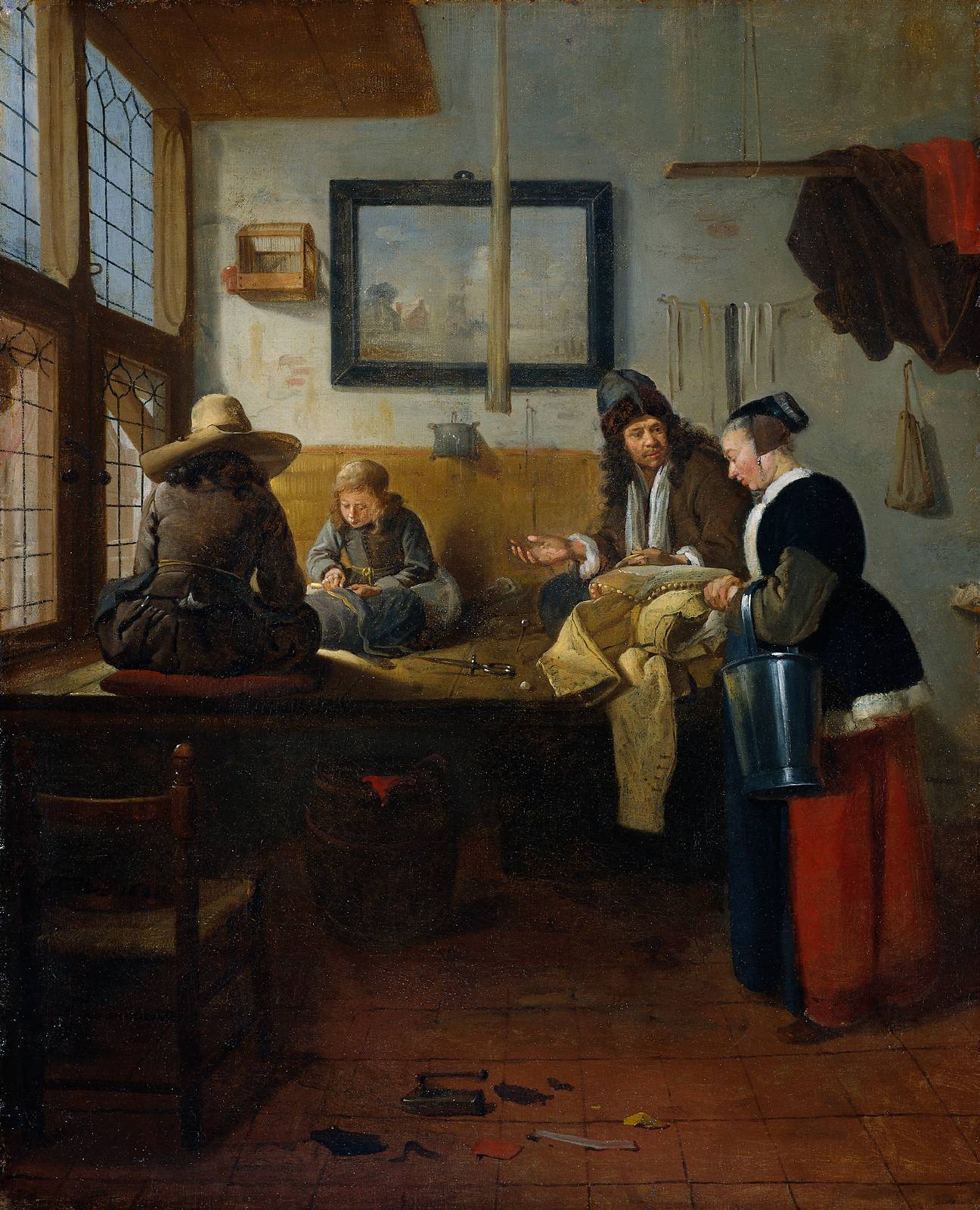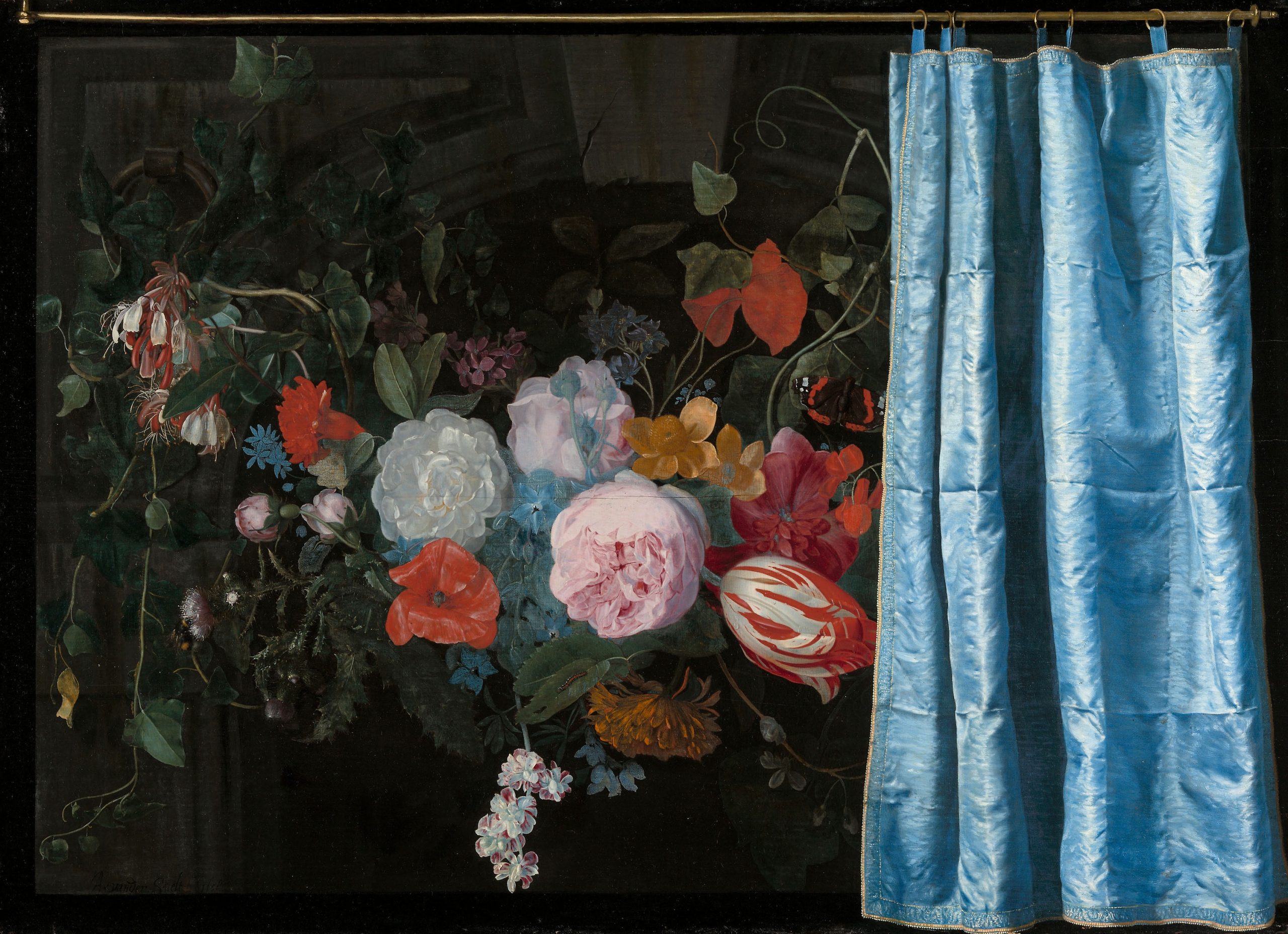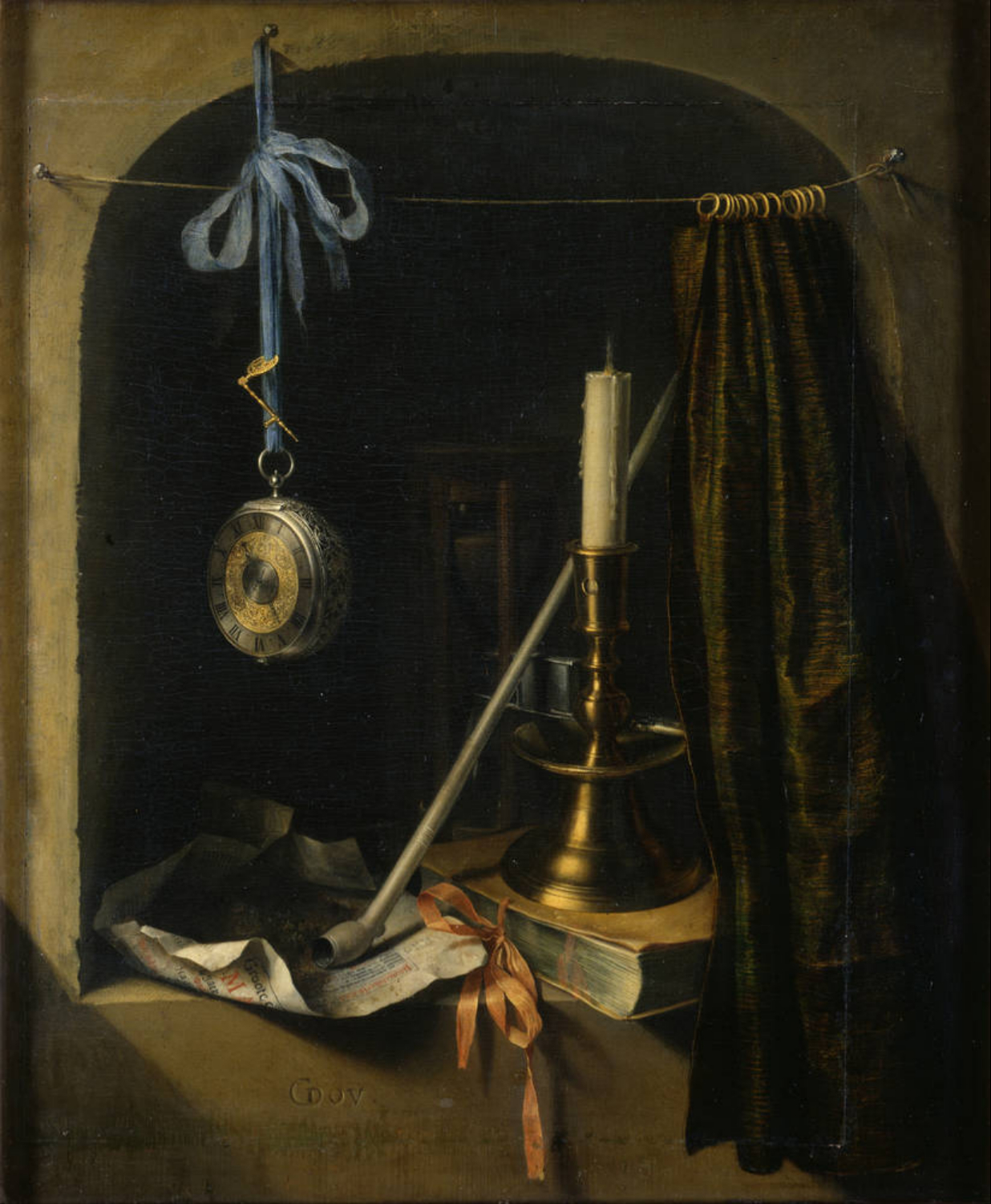What's a Fijnschilder? Small... Simple... Exquisite...

“The Tailor’s Workshop”, 1661
Oil on canvas, 26×21 inches / 66×53 cm
Small groups of people clustered along the walls, using that peculiar tone of voice you only hear in galleries and museums.
The security guard, though, was being overly friendly – loud, jocular – trying to engage with people as if he was in a bar.
Some of the younger kids obviously did not feel like having culture instilled in them that day.
But it was all fading into the background – I was falling in love.
On the wall was one small-scale masterpiece after another… each more exquisite than the last. So meticulously painted. So quietly passionate. Simple, everyday scenes I could immediately identify with.
I knew a few of the names, but many of these artists were new to me. I had that thrill of liveliness and alertness you get when you’re discovering something exciting and important to you: These artists were kindred spirits.
As I read the curator’s commentary on the wall, I came to a word I’d never seen before.
Fijnschilder.

“Still Life with a Flower Garland and a Curtain”, 1658
Oil on canvas, 18×25 inches / 47×64 cm
The Fine Painters
The Fijnschilders were a group of artists working around the Dutch city of Leiden during the 17th century. The name is simply “Fine Painters” in Dutch.
They worked small – their pieces were often the size of mere books. By using highly refined and sophisticated techniques, they were able to create smooth, realistic paintings – sometimes approaching photographic accuracy.
Much of what they did were called Genre paintings – simple scenes of every day life with everyday people doing everyday things (by this way of thinking, Norman Rockwell was no mere illustrator – he was a Genre painter of the highest order).
When the Fijnschilders did paint still lifes, they weren’t the epic, thundering still lifes of Willem Kalf – the subject of an upcoming post. They didn’t have the cool, meticulous classicism of Pieter Claesz or Willem Heda, who I’ll also talk about in the near future.
Rather there’s a different spirit here. Calm. Reserved. Gentle. Unconcerned with Big Things or Big Ideas. Just focusing on what’s in front of them.
Modestly capturing a simple moment, simply.
I think it’s that very modesty that allows these painters to go so deep. By focusing the artistic energies and impulses into such a narrow channel, their simple paintings gained great force and power.

“Still life with candle and watch”, 1660
Oil on canvas, 17×14 inches / 43×36 cm
Zen and The Art of Art
I’m a wayward student of Zen. I studied and practiced diligently for a couple years about a decade ago. Then I felt like I got what I needed and just didn’t want to do it anymore.
But like drops of ink added to a glass of water, something of it remains, and colors how I think.
One of the core practices of Zen is called Shikantaza – Japanese for “Just Sitting”. The student simply sits in the present moment. Becomes the present moment. Aware. Deeply aware. Becoming awareness itself.
I can see something of this attitude in the paintings of the Fijnschilders. Doubtless they knew nothing about Zen, but the state of mind is universally human – Zen is just one of many ways to get there.
And so they Just Sat before their paintings, and captured simple moments which were nothing but the fabric of everyday living… made utterly glorious.
In an upcoming post, I’ll talk about my favorite Fijnschilder, and my favorite still life painting of his… which has a dog in it.